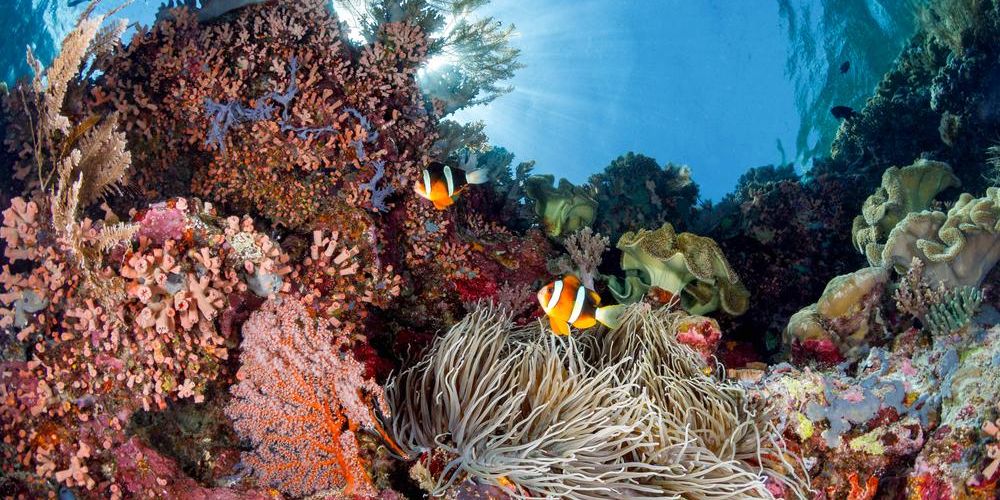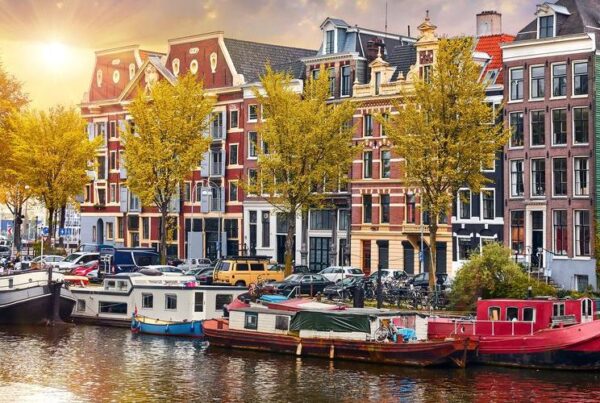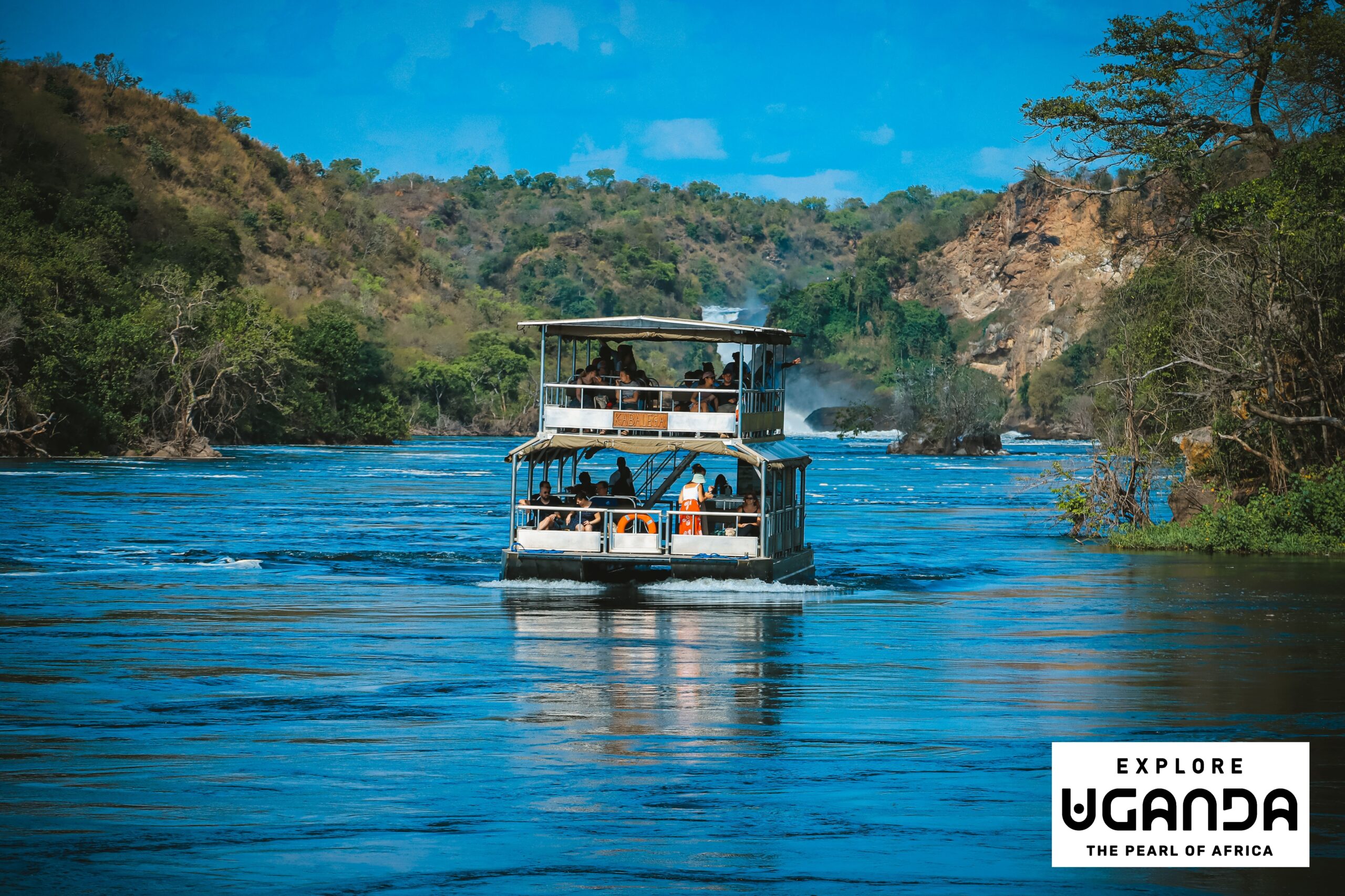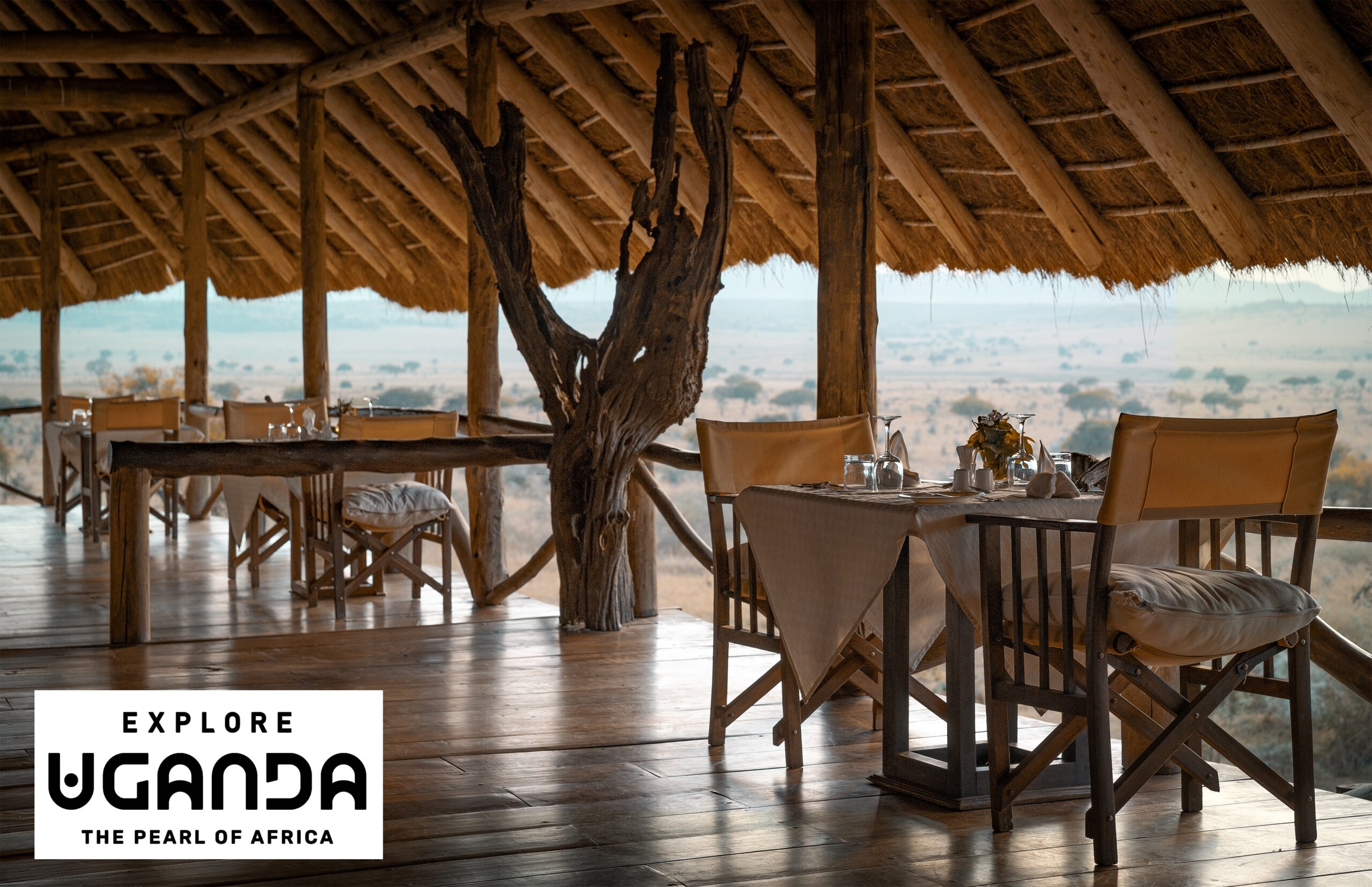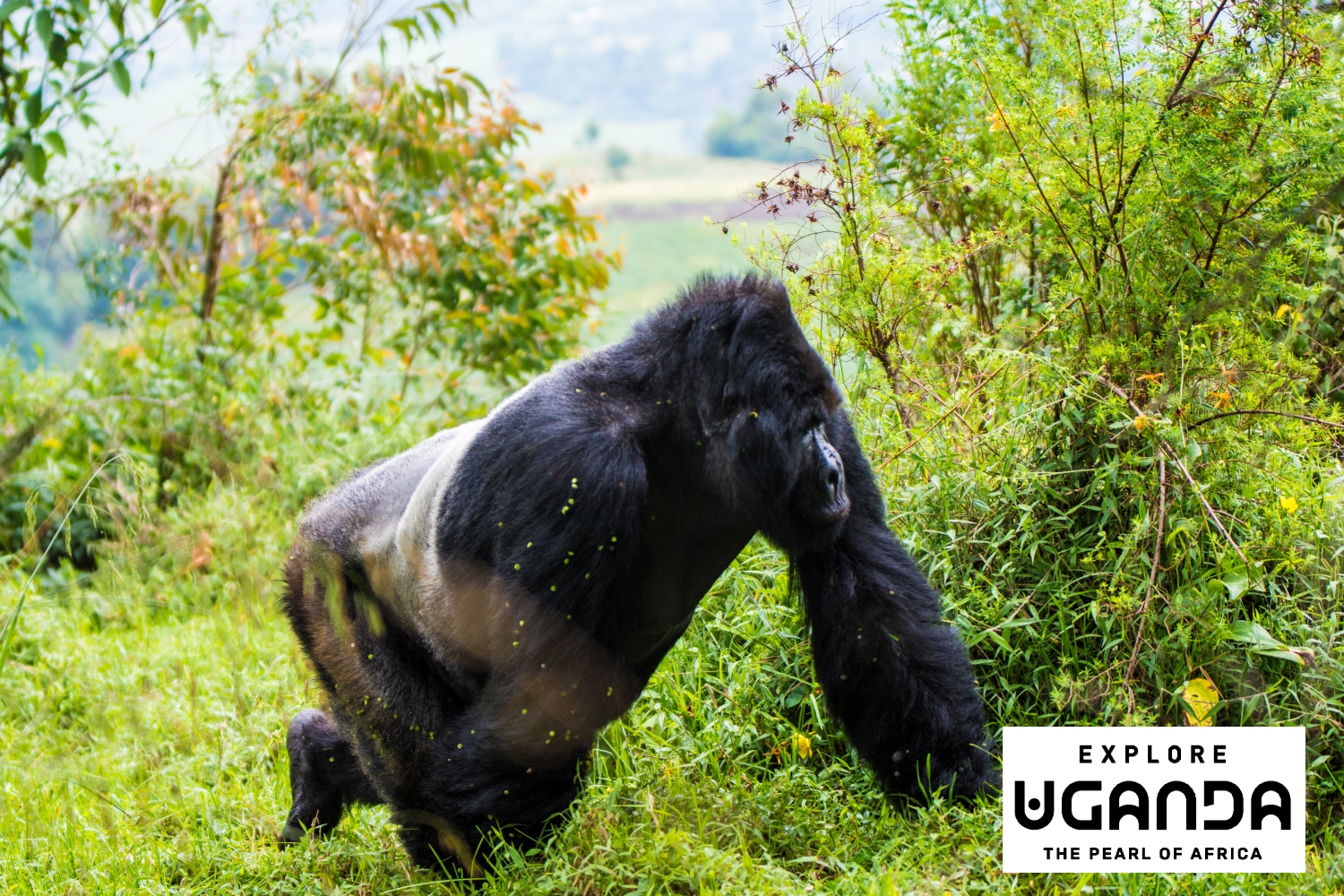For seasoned divers, the simple joy of snorkelling can feel unremarkable. Why linger in the shallows when the deep blue is calling?
Most underwater enthusiasts would agree that the real magic – the wall dives, the drifts, and the humility found in the face of the wild – is often discovered well beyond the first atmosphere.
I know this feeling well. Chasing my love for the sea was challenging since I grew up landlocked in the United States.
Even after becoming a certified dive instructor, snorkelling became a forgotten pastime. The fundamentals – a mask, a snorkel, fins – gave way to the complexities of cutting-edge gear and camera rigs designed to push human limits.
And honestly, who can blame us for writing off snorkelling? Most shallow reef systems around the world are vulnerable, often succumbing to temperature stress, pollution and overfishing. They’ve given way to frailty, and finding a truly vibrant shallow reef today is rare.
 Picture courtesy Walt Stearns
Picture courtesy Walt Stearns
That’s why I was so shocked by my first snorkel at Wakatobi. I come bearing good news for every diver who thinks the shallows are lifeless: just off the jetty, before the house reef plummets hundreds of feet below, the sights are spectacularly rich.
If diving is the only thing on your Wakatobi bucket list, you’ll be missing out on an unparalleled snorkel experience.
The Vision That Built the Reef
My awe isn’t just luck; it’s the direct result of Wakatobi’s vision.
Since the resort’s conception in 1996, our founder, Lorenz Mäder, had one defining goal: protecting the reef system. Lorenz’s conviction was so strong that he envisioned guests flying across continents simply to experience nature as it once was.
Over the past 30 years, he has worked hand-in-hand with local leaders, establishing reef lease agreements that provide sustainable income for communities while strictly protecting the ecosystem.
His diligent work has brought to fruition a flourishing private marine protected area (MPA), one of its only kind in the world, reserved exclusively for underwater recreation.
Today, this protected zone is rapidly expanding, meaning the underwater world at Wakatobi remains pristine – its health verified by science and its vitality visible to anyone who ventures beneath the surface.
My First Time Back in the Shallows
Before hitting the water for my first ever house reef snorkel, I had the pleasure of accompanying Wakatobi’s resident marine biologist, Julia Mellers.
As a diver, I’ll admit I was sceptical that the experience could compare to the excellent dives I’d already enjoyed at depth. But I decided to spend my surface interval back in the water, as many divers understandably would.
As soon as we reached the water, we slipped on our gear and swam towards the wall. The world back on land simmered away as we lost track of time in the crystal-clear waters.
We soon changed course, swimming parallel to shore with the deep drop-off on one side and the dense, shallow garden on the other.
The density of corals in the shallows was immediately apparent. Everywhere I looked was a mosaic of movement and colour: vivid table corals, large plate corals, and staghorns galore.
The low depth created a prismatic effect, painting dancing rainbows across the tops of the corals with refracted sunlight.
Flickers of movement gave me the chills: false clownfish darting among anemones, blue-spotted rays gliding along, and banded sea kraits slithering between corals.
Anthias swirled and hundreds of tiny silversides clustered together, only breaking apart in lava lamp-like groups when predators neared.
 Drifting along the reef’s edge, I noticed bubbles rising from divers hanging off the wall about 50 feet below. Julia and I would wave, then free-dive off the wall to frolic in their diamond-like bubbles, marvelling at the rich environment we were in.
Drifting along the reef’s edge, I noticed bubbles rising from divers hanging off the wall about 50 feet below. Julia and I would wave, then free-dive off the wall to frolic in their diamond-like bubbles, marvelling at the rich environment we were in.
Nearly two hours had passed before we swam back to shore and I still couldn’t believe the beauty I just saw.
For the first time in a long time, I felt fully present with the sea, enjoying the wonders that only nature could provide.
It was a beautiful reminder to appreciate the simplicity of being submerged without my specialised gear, without a large camera rig shackled to me.
As we walked along the jetty, other guests stopped to ask how it had been. My answer was simple: “That was just stunning, truly… in the best possible way. I’ve been missing out!”
Main image courtesy Jamie Robinson
